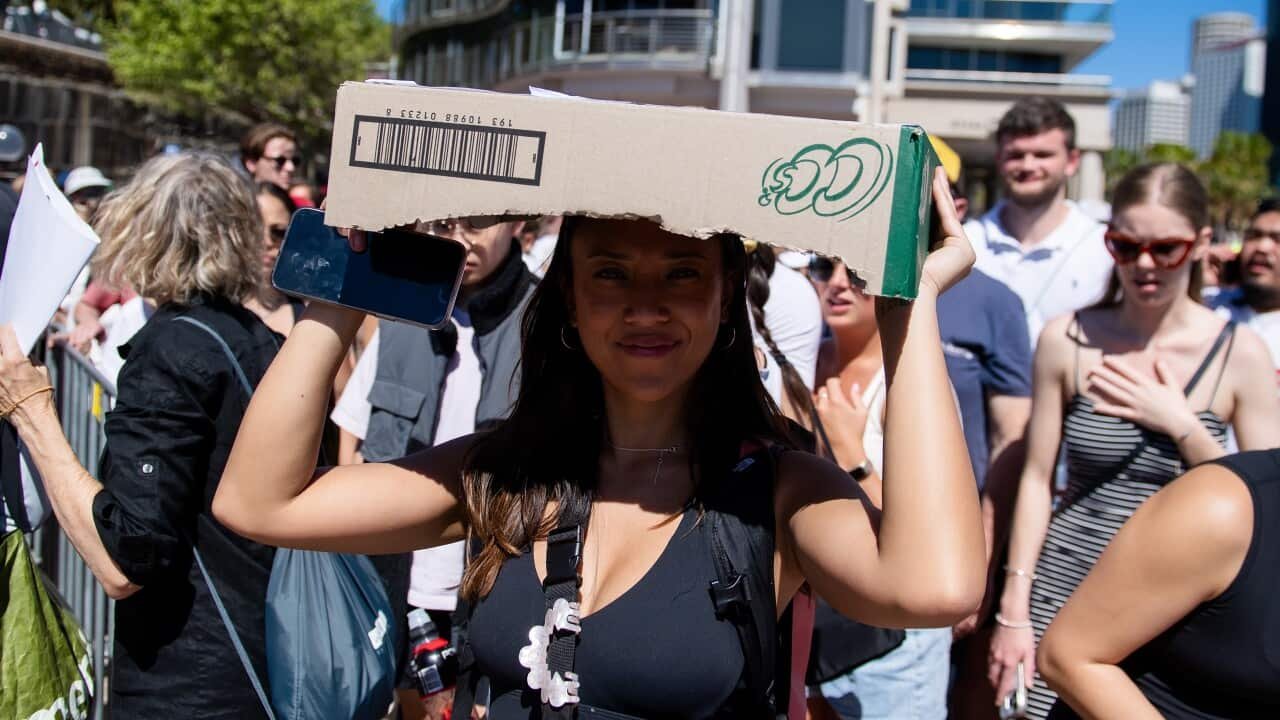Key Points
- The guidelines categorise people into three groups, offering sun exposure advice based on their skin type.
- Experts have stressed the importance of wearing sunscreen daily whenever the UV index is three or above.
- New modelling has also provided more clarity about the time needed outdoors to maintain adequate vitamin D levels.
For the first time, sun safety guidelines have been updated to include advice for diverse skin types.
While excessive sun exposure can be harmful, vitamin D is essential. But numerous surveys have revealed some people are confused about how to stay sun-safe while getting enough vitamin D.
To help people better understand the risks and benefits of sun exposure, leading Australian experts have developed new guidelines, based on research led by professor Rachel Neale from the QIMR Berghofer Medical Research Institute in Brisbane.
Neale said that new guidelines specifically recognise the diversity of Australia's population.
"Up until now, we've pretty much had a one-size-fits-all message about sun protection, but that's not necessarily the appropriate advice for every single Australian," she said. "So this advice really tries to address that issue."
Different skin types, different approaches to sun exposure
Sun safety advice has come some way since Sid the Seagull to slip on long sleeves, slop on sunscreen, and slap on a hat.
In 2007, two more recommendations were added — to seek shade, and to slide on sunglasses to protect your eyes from the sun's powerful rays.

Sun safety advice has come some way since Sid the Seagull first told Australians in 1981 to slip on long sleeves, slop on sunscreen, and slap on a hat. Source: AAP / Cancer Council Victoria
She said that researchers put people in three groups according to their skin type.
The first group is people with very dark skin who are at the highest risk of vitamin D deficiency.
"The people with very deeply pigmented skin are at very low risk of getting skin cancer caused by the sun, but a higher risk of vitamin D deficiency and not getting the other benefits," Neale said.
This group can safely spend time outdoors, and routine sun protection is not needed unless they are in the sun for extended periods.

People with darker skin are at higher risk of vitamin D deficiency and may not need routine sun protection unless exposed for extended periods of time, according to guidelines. Source: Getty / Robert Nickelsberg
"For those people, we recommend keeping fully covered when outdoors, and if they do that, they run the risk of being vitamin D deficient. So they will need to discuss their vitamin D requirements with their doctor," Neale explained.
The third group is those with darker white, olive, or light brown skin, with an intermediate risk of skin cancer.
For that group, the advice advocates routine sunscreen use but spending a little bit of time outdoors on most days of the week to maintain vitamin D and get some of the other benefits of sun exposure.
Why is Vitamin D important, and how to ensure you get enough?
Vitamin D plays a crucial role in maintaining our health.
"We've known for quite a long time that vitamin D is very important for our bones, but we've got more evidence now showing its importance, particularly for the immune system and therefore diseases related to the immune system, both infectious disease outcomes and then autoimmune disease outcomes like multiple sclerosis and other things," Neale said.
The body produces vitamin D when the skin is exposed to ultraviolet (UV) B rays from the sun.
People with darker skin usually require more exposure to generate the same amount of vitamin D as those with lighter skin.
New modelling has also provided more clarity about the amount of time needed outdoors to maintain adequate vitamin D levels.
According to Anne Cust, chair of the Cancer Council National Skin Cancer Committee, you only need a few minutes of sun exposure to get enough vitamin D in most parts of Australia. However, if you live in Tasmania during winter, you may need a longer exposure time depending on your skin type.

In most parts of Australia, the UV index is above three — the level at which the majority of Australians are advised to apply sunscreen — for most of the year. Source: Getty / picture alliance
Experts also recognise there might be special reasons for people to fully cover their bodies.
"It might be occupational reasons, it might be cultural reasons. If that's the case, then people do need to discuss their vitamin D requirements with their doctor because if you have your skin fully covered by clothing, you can't make vitamin D," Neale said.
Keep your sunscreen next to your toothbrush
Both Neale and Cust's advice is for the majority of Australians to apply sunscreen whenever the UV index is above three. This information can be checked on the Cancer Council's SunSmart app.
In most parts of Australia, the UV index is above three for most of the year.
"Put your sunscreen bottle next to your toothbrush," Cust suggested.
"When you brush your teeth, apply your sunscreen, and then don't forget to reapply."
Neale also said that she keeps her sunscreen in the bathroom, next to the shower.
"When I get out of the shower, I put it on before I get dressed so I'm not having to get around my clothing, and it's absolutely routine for me.
"And that means I'm confident that if I have to duck outside for any reason during the day, I've given myself a base level of protection."





